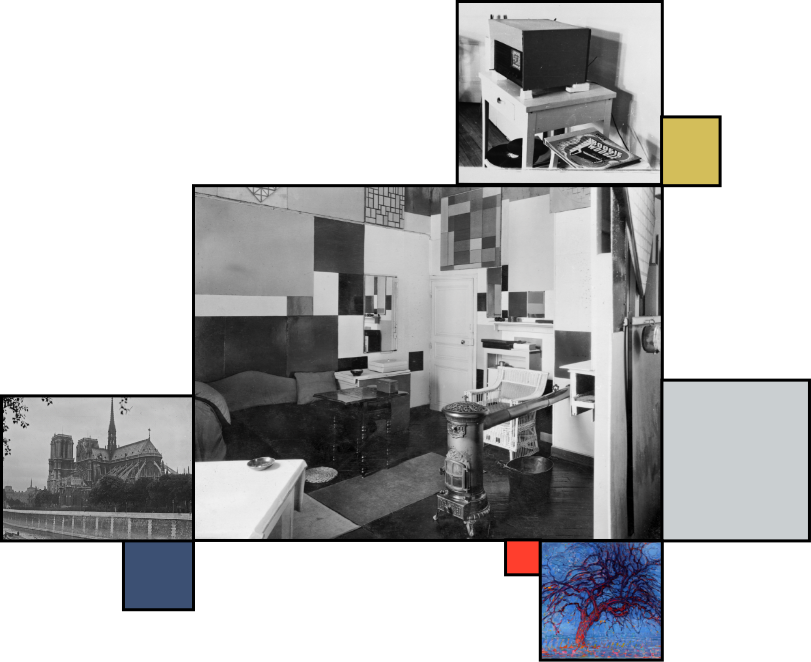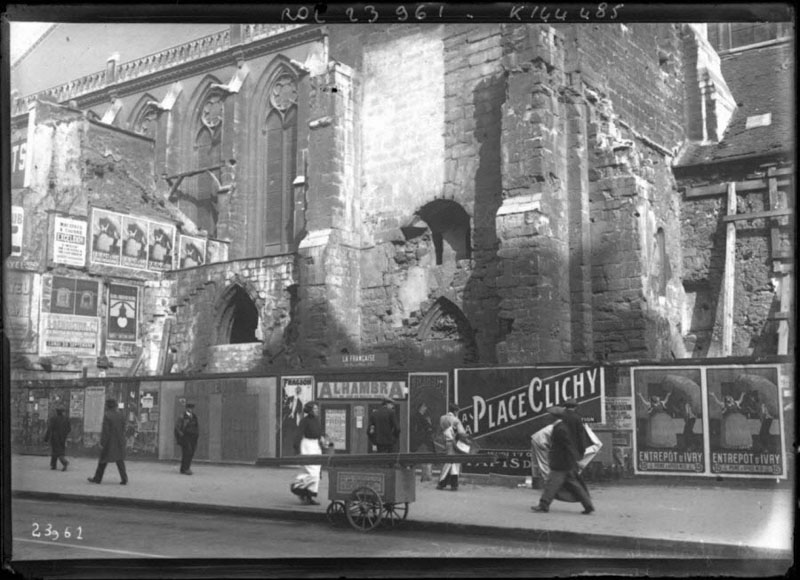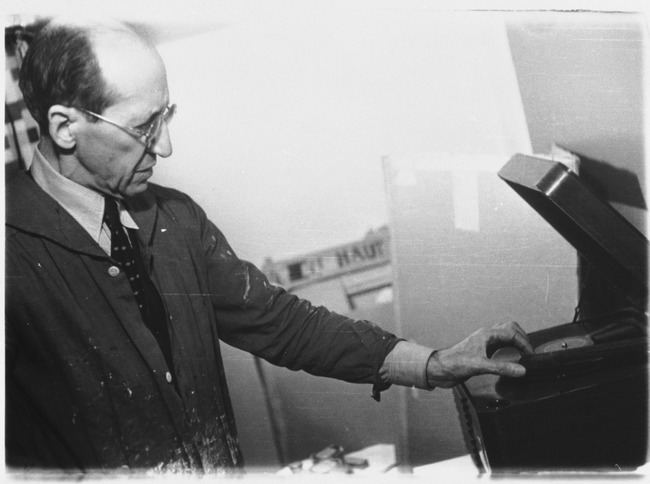Increasing Abstraction
From 1911 onwards, Mondrian stays in Paris, where he comes into contact with Cubism, a style in which the motif is broken down into geometric forms. The most important representatives of Cubism are Pablo Picasso and Georges Braque, whose works he encounters for the first time in 1911. In the Cubism of Picasso and Braque, the motifs are still partially recognizable. In contrast, Mondrian’s goal is the complete abstraction of the object.
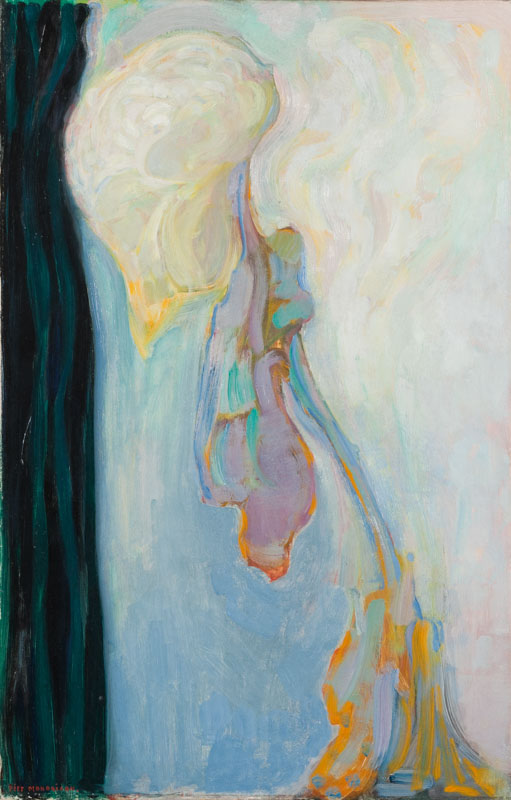
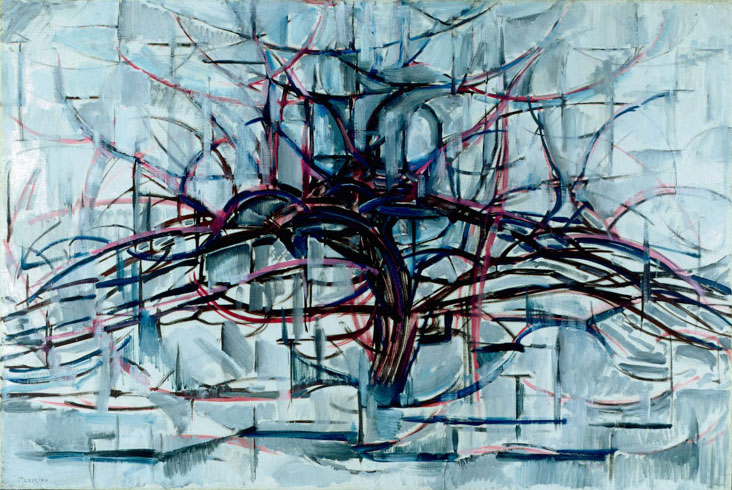
Mondrian’s path towards abstraction can be easily comprehended using the example of three paintings of trees. “The Red Tree” from 1908/1910 is still depicted quite realistically. Only the strong colors do not correspond to nature. In “Tree” from 1912, the horizontal and vertical lines dominate, but the motif is still clearly discernible.
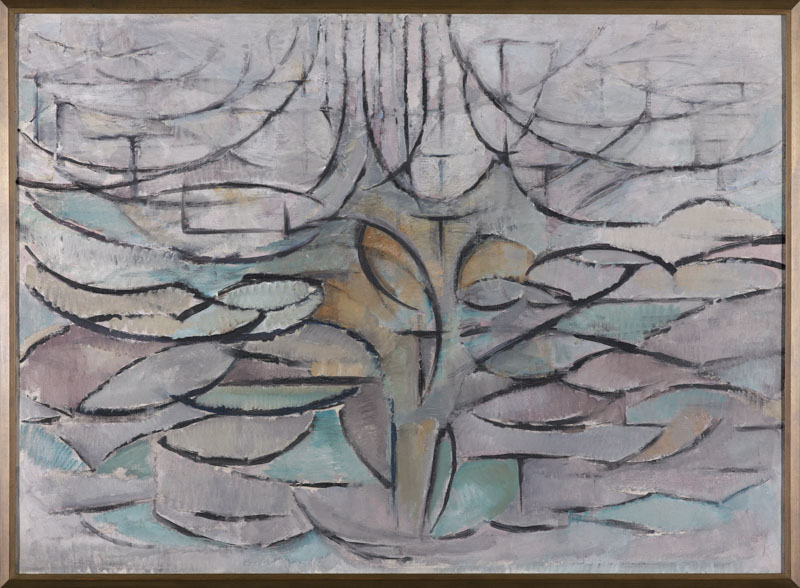
In “The Flowering Apple Tree” from 1912, the tree is only recognizable on closer inspection. It is no longer the branches, but rather the areas between them that gain in importance. He continues along this path over the course of the following two years; the original motifs can only be surmised in rudimentary form.
